What is the tolerance range of precision screws?
What is the tolerance range of precision screws?
Service Hotline
+86760-8787 8587We have more than ten years of experience in screw industry production, the main products are: round knurled copper column, closed pull rivet, 10 grade steel structure washer, cup head hexagon washer, DIN603 screw, factory flange nut, stainless steel nut, Specializing in the production of gasket manufacturers, American standard wide gaskets, stud screws, photo album rivets, titanium gaskets, lifting lugs, marine lifting ring nuts and nuts, marine bolts, hexagon socket bolts with needles and other fasteners, due to product material and specifications Each is different and the price is also different, please contact us if you need it.


At present, the stopping method of the pin shaft stop pin of the general hydraulic excavator is mainly by using a long bolt to pass through the pin shaft stop sleeve pin hole and the pin shaft pin hole, and then use a double nut on the other end of the bolt to force it away from the pin shaft. The outer circle of the stop sleeve is about 2 3mm away to prevent the bolts and nuts from falling off. Due to the structure in which the double nuts are pressed against each other, the disassembly and assembly efficiency of this pin shaft stop method is not high, and two wrenches are required for each assembly and disassembly, which is extremely troublesome.
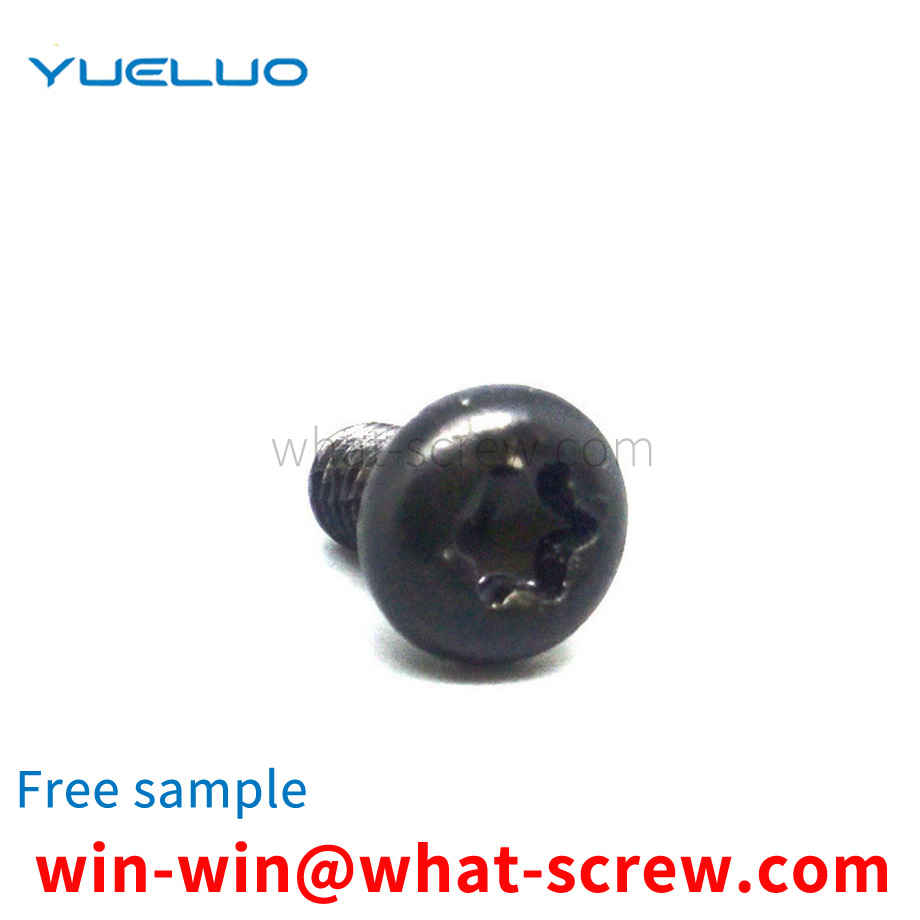
Screws are a kind of fasteners commonly used in daily life and industry. At present, in use, different types of screws are generally selected for fixing according to different screw lengths and other parameters. Since the screw length is fixed at the time of manufacture, when When using a large number of screws with different screw lengths, it is necessary to sort out screws with different screw lengths beforehand. This method is more troublesome, and sometimes in some special occasions, some screws with special lengths are required. Producing screws of this particular length individually is laborious and laborious.

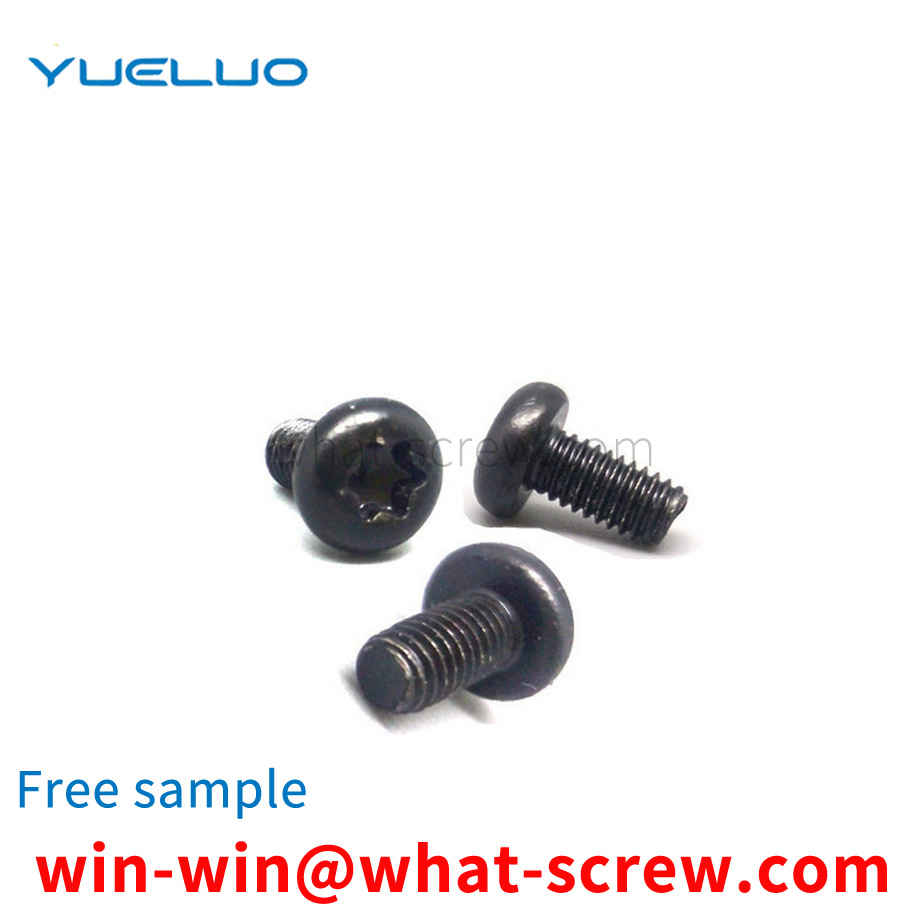
Stainless steel screws are classified into austenitic stainless steel, ferritic stainless steel, martensitic stainless steel, and precipitation hardening stainless steel. The selection of stainless steel screws is also based on principles. Where to start, let you choose the stainless steel screws you need. After comprehensive and comprehensive consideration of these five aspects, the grades, varieties, specifications and material standards of stainless steel screws are finally determined. Austenitic stainless steel: the most basic alloying elements of austenitic stainless steel are chromium and nickel. The grade is a chromium-nickel austenitic stainless steel with a chromium content of about 18% and a nickel content of about 8%, often called 18-8 stainless steel. The element ratio of chromium and nickel basically ensures that the structure of the steel is stable austenitic ferritic stainless steel: 430 type ordinary chromium steel, its corrosion resistance and heat resistance are better than 410 type, magnetic, but it It cannot be strengthened by heat treatment, and is suitable for stainless steel screws with slightly higher corrosion resistance and heat resistance and general strength requirements. Martensitic stainless steel: Type 410 and 416 can be strengthened by heat treatment, with a hardness of 35 to 45HRC, and good machinability. They are used for general-purpose heat-resistant and corrosion-resistant stainless steel screws. Type 416 has a slightly higher sulfur content and is a free-cutting stainless steel. Type 420, sulfur content? R0.15%, improved mechanical properties, can be strengthened by heat treatment, maximum hardness value of 53 ~ 58HRC, used for stainless steel screws requiring higher strength. Precipitation hardening stainless steel: 17-4PH, PH15-7Mo, they can get higher strength than the usual 18-8 type stainless steel, so they are used for high-strength, corrosion-resistant stainless steel stainless steel screws. A-286, a non-standard stainless steel, has higher corrosion resistance than commonly used Type 18-8 stainless steels, as well as good mechanical properties at elevated temperatures. Used as high-strength, heat-resistant, corrosion-resistant stainless steel screws, can be used to 650 ~ 700 ℃. Austenitic stainless steel: The commonly used models are 302, 303, 304, and 305, which are the so-called 18-8 austenitic stainless steels. Both corrosion resistance and mechanical properties are similar. The starting point of selection is the production process method of stainless steel screws, and the method depends on the size and shape of stainless steel screws, and also depends on the quantity of production. Type 302 is used for machined screws and self-tapping bolts. Type 303 In order to improve machinability, Type 303 stainless steel is added with a small amount of sulfur and is used to machine nuts from bar stock. Type 304 is suitable for hot heading stainless steel screws, such as longer gauge bolts, large diameter bolts, which may be beyond the scope of the cold heading process. Type 305 is suitable for cold heading processing of stainless steel screws, such as cold formed nuts, hex bolts. Type 309 and Type 310, their Cr content and Ni content are higher than 18-8 type stainless steel, suitable for stainless steel screws working at high temperature. Types 316 and 317, both of which contain the alloying element Mo, have higher high temperature strength and corrosion resistance than 18-8 type stainless steel. Type 321 and Type 347, Type 321 contains a relatively stable alloying element Ti, Type 347 contains Nb, which improves the intergranular corrosion resistance of the material. It is suitable for stainless steel standard parts that are not annealed after welding or serve at 420~1013℃.
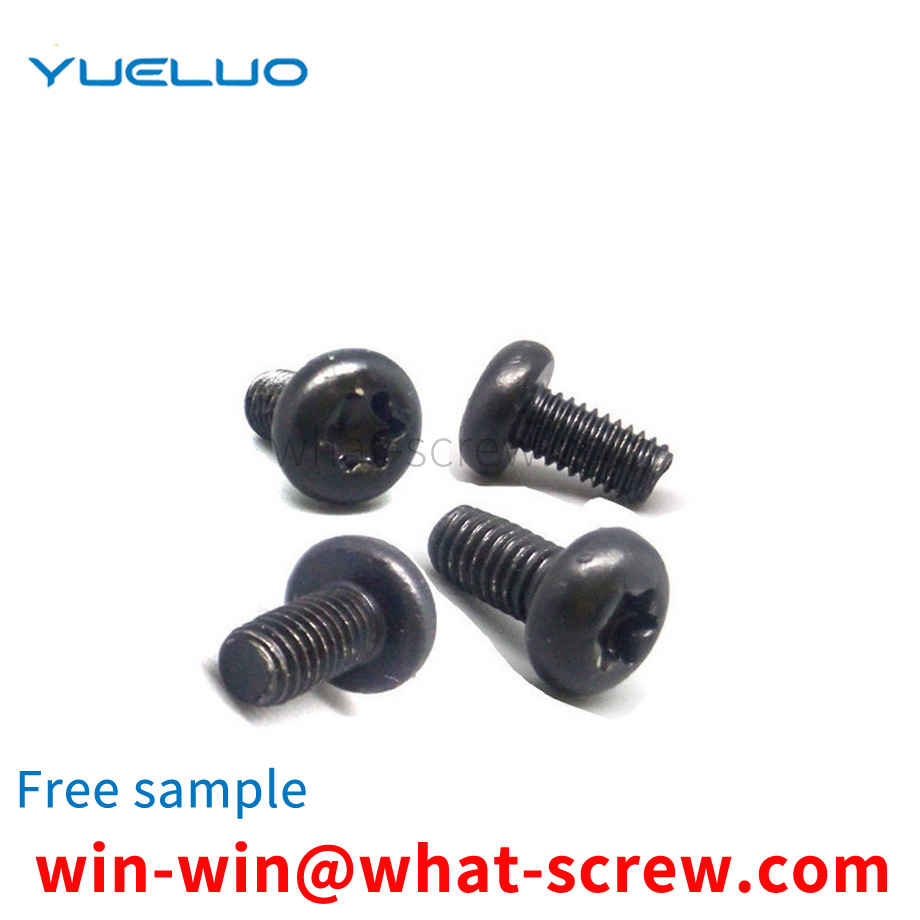
In the process of automatically locking the screw to the product, there are only three types of screw supply mechanisms in the traditional automatic screw locking machine: 1. Magnet sucks for screws; 2. Vacuum sucks for screws; 7. Air blows for screws. The above three methods require long-distance screw supply, resulting in slow screw supply, low efficiency and high manufacturing cost. To this end, we propose an automatic locking screw machine that can directly supply screws.
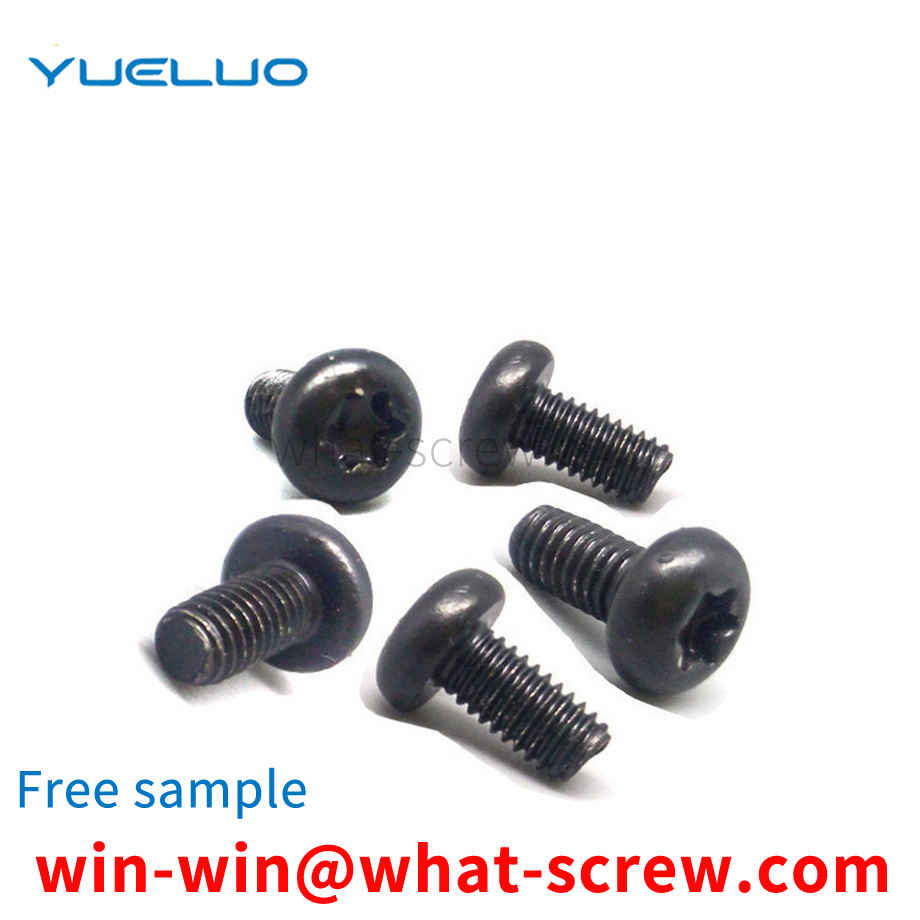
The above content is uploaded by Yueluo or the Internet. If there is any copyright issue, please contact [email protected].

What is the tolerance range of precision screws?
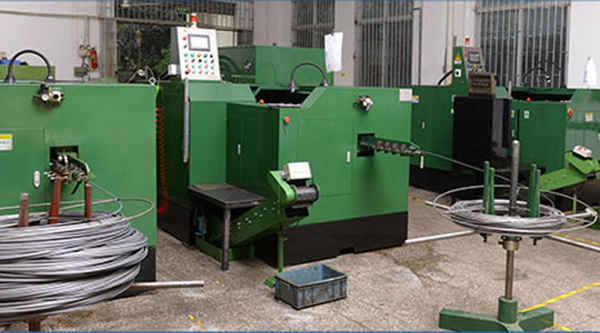
How to choose the right stainless steel screw manufacturer?
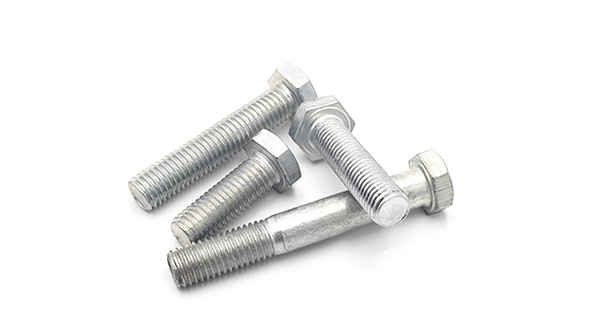
Why is there an R angle under the head of the hexagon head s...

We have more than ten years of production experience in the ...

We have more than ten years of experience in the production ...

We have more than ten years of experience in the production ...
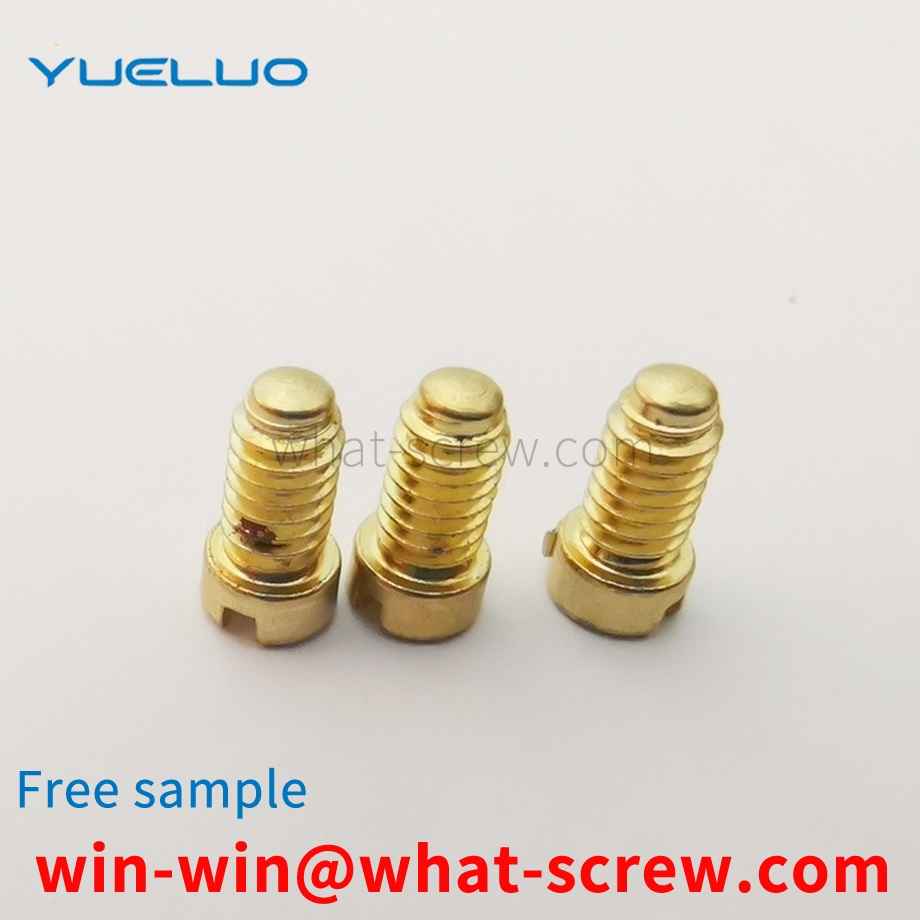
We have more than ten years of experience in screw industry ...